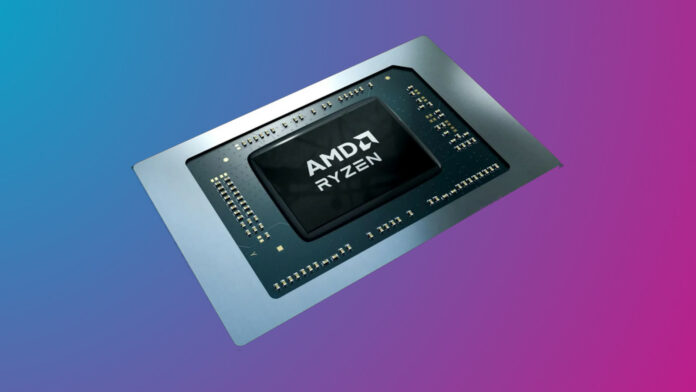New CPU architectures beget new APUs, as far as AMD is concerned. With desktop processors just around the corner, it won’t be too long before we see Zen 5 make the jump to mobile. While previous leaks of the company’s ‘Strix Halo’ chip have offered glimpses at the APU, we now have a more in-depth look at the chip to pour over. Should these rumoured designs materialise, Team Red could be on the cusp of a watershed moment for integrated graphics.
AMD has already launched a few Zen 5 mobile SKUs via its Ryzen AI 300 series. However, we can safely presume that Strix Halo will be the best CPU and iGPU combo the company has to offer. The APU will be a cut above those already on the market, largely thanks to its RDNA 3.5 GPU die. In addition to architectural advantages relative to Team Red’s current champ, Radeon 890M, it’ll allegedly have a lot more power and compute units to play with.
This fresh look at Strix Halo arrives via an X post by 7931doomer111. Sharing two images of design documents for Strix Halo, the user shines a light on the dimensions of the APU’s GPU die and planned power configurations for the chip as a whole. We also have a curious comparison to Nvidia GeForce laptop graphics too.
We already knew Strix Halo features a massive iGPU, but now we know just how enormous its die is. Clocking in at 307mm2, this is the largest package ever seen in an AMD APU to date. Combine this with the two 66mm2 CPU CCDs, and you have a jaw-droppingly big 439mm2 chip. For context, Strix Point (Ryzen AI 300 series) are 225mm2 in total.
Sometimes bigger is just better if these performance and power estimations are anything to go by. According to a table in 7931doomer111’s leak, AMD is planning three TDP configurations for its Strix Point APU: 55W, 85W, and 120W. Total system power will be higher, though, as this doesn’t account for watts drawn by accompanying DDR5 RAM. It’s unclear which of these correlates to the 5.36GHz clock speeds we saw earlier this year.
With all this power, AMD seems to be comparing Strix Halo to Intel laptops with a GN21 GPU, a.k.a. GeForce RTX 4070. However, the Nvidia GPU curiously only has up to 80W in these tables, when it’s capable of drawing much more if specced to. Regardless, if this APU can even come close to matching discrete graphics at this TDP, it could make for a seismic shift in laptop design and capabilities.
Sadly, even its lowest proposed TDP of 55W is too power-hungry for handheld PCs. There’s still every chance Steam Deck 2 will feature custom silicon, evolving the partnership Valve already has with AMD for Steam Deck OLED and LCD. That said, it seems far more likely that we’ll see some form of Strix Point, rather than Halo, manifest in handhelds of the future.
Expect to see more of Strix Halo in the coming months, but AMD’s primary focus for now remains its Ryzen 9000 series desktop processors. We’ll have reviews for the Zen 5 CPUs in the coming weeks, complete with fresh benchmarks.


